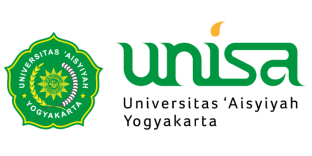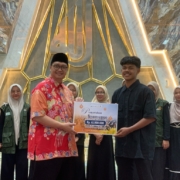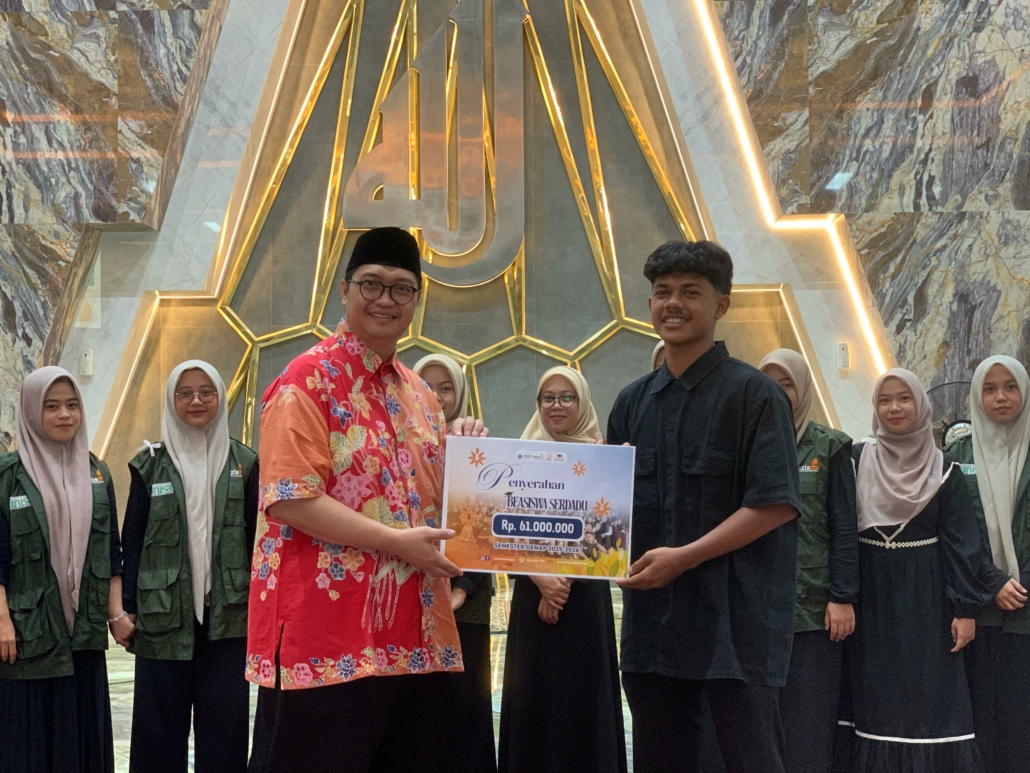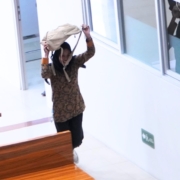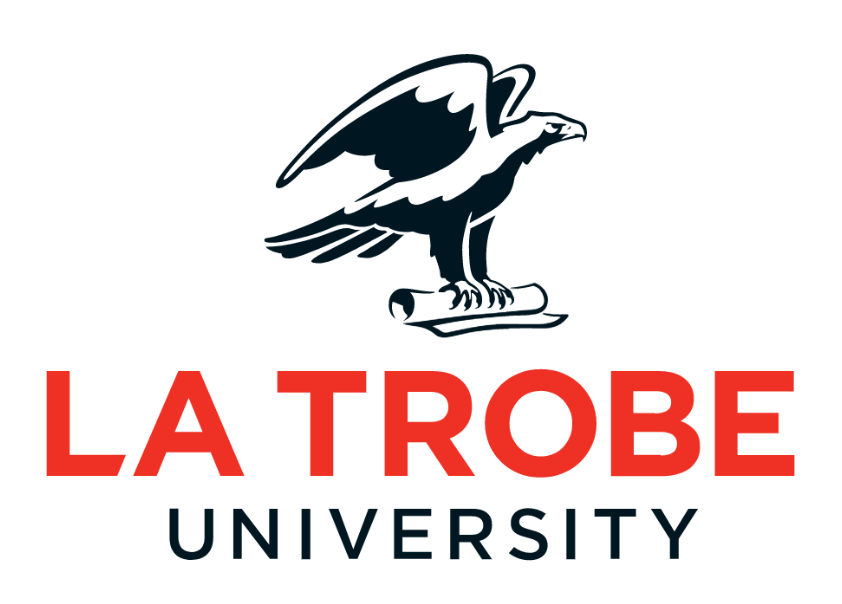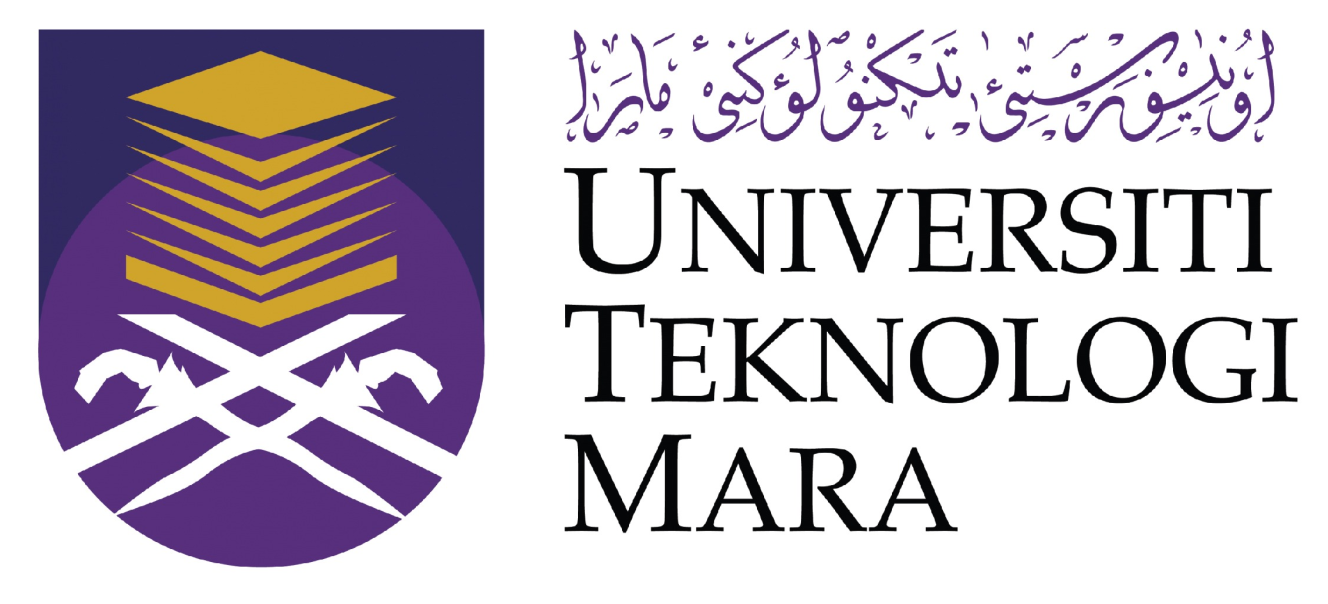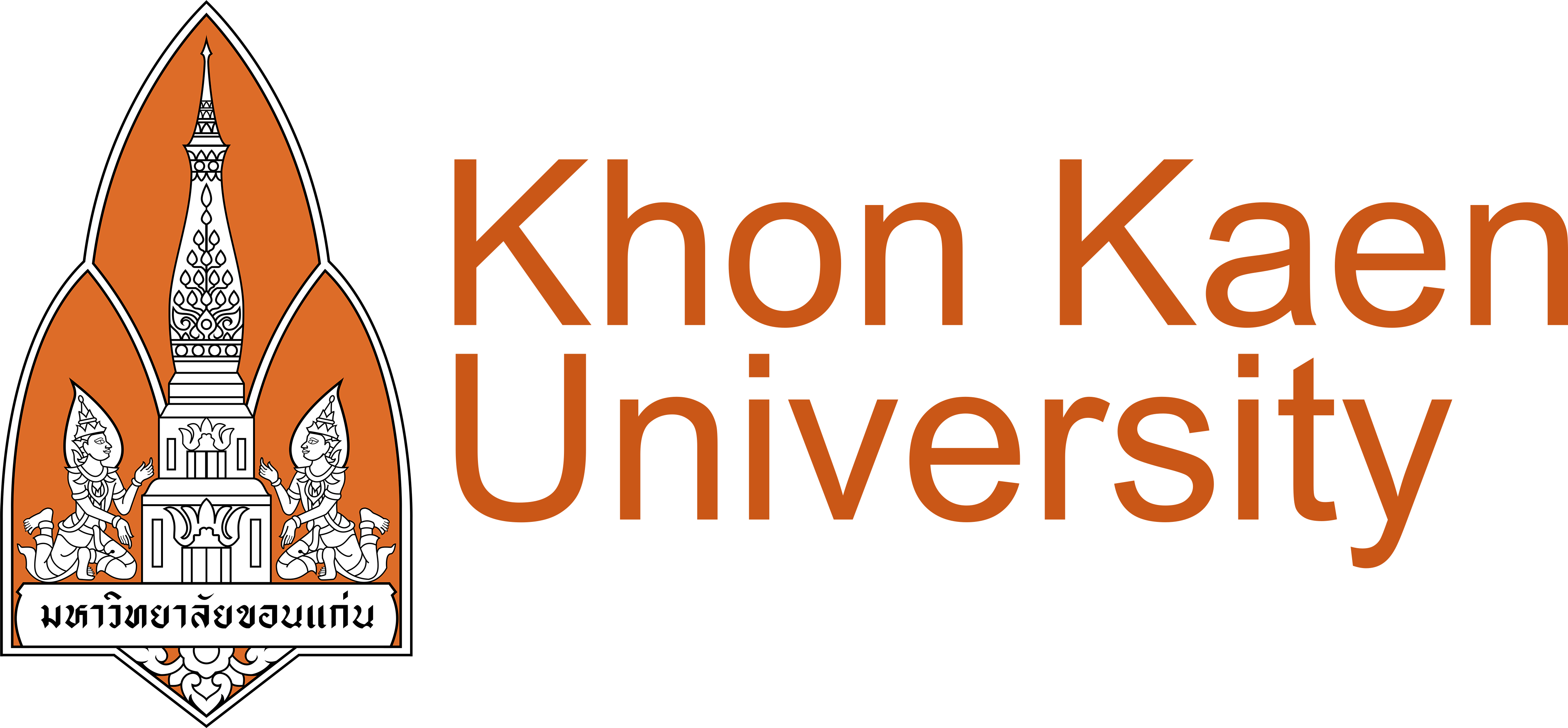Efforts to strengthen food security as well as prevent malnutrition continue to be intensified at various levels of society. A concrete step was realized by the community service team of lecturers from Universitas ‘Aisyiyah (UNISA) Yogyakarta.
UNISA Yogyakarta lecturers, Ellyda Rizki Wijhati, S.ST, M.Keb; Andri Nur Solikah, S.ST, M.Kes; and Dr. Islamiaturrokhmah, MSI provided intensive assistance to dozens of students of Al-Ghifari Orphanage to support independent food security.
The community service activities that have been going on for several months focus on strengthening food independence through innovations in catfish cultivation in used gallons and planting various vegetables in the orphanage environment. In addition to providing technical cultivation training, the team of lecturers also equipped the students with a basic understanding of balanced nutrition and the importance of implementing healthy daily consumption patterns.
The head of the community service team, Ellyda Rizki Wijhati, S.ST., M.Keb explained that this activity aims to provide a sustainable solution in meeting the nutritional needs of the orphanage students.
“By optimally utilizing limited land and resources, we want to educate that every individual has the potential to contribute in realizing food security. For example, the utilization of used gallon waste as a medium for cultivating catfish and kale on a household scale,” explained Ellyda.
Catfish cultivation in gallons was chosen because it is considered efficient in the use of space and relatively easy to maintain, very suitable for the environmental conditions of the orphanage which has limited land. On the other hand, the planting of vegetables, such as kale, is implemented with a vertical system and polybags, allowing the students to harvest the results periodically and independently.
Catfish itself is a source of animal protein that is rich in essential nutrients, such as vitamin B12, phosphorus, and omega-3 and omega-6 fatty acids. These nutrients play a vital role in supporting physical growth, maintaining cognitive and cardiovascular function, and boosting immunity. If processed in a healthy way, with minimal oil, catfish is also a low-calorie food that supports a healthy lifestyle.
Another advantage of catfish farming is its convenience, which can even be done by utilizing simple containers such as used gallons. This method is an alternative cultivation that saves space, affordable costs, uncomplicated maintenance, and is environmentally friendly because it recycles used goods. The catfish harvest can later be directly utilized to meet the nutritional needs of the students at the orphanage.
Meanwhile, the innovation of planting kale on the top of used gallons whose bottom is utilized for catfish cultivation is a concrete example of an integrated agricultural system that is efficient and environmentally friendly. In this method, kale is grown hydroponically at the top of the gallon, utilizing water from catfish cultivation underneath. The organic waste from the catfish manure becomes natural nutrients for the kale growth, reducing the need for additional fertilizers. Conversely, the kale roots also play a role in filtering water and maintaining the quality of the living environment for the catfish. This symbiotic system not only optimizes the use of limited water and land, but also produces two nutritious food sources at once in one simple container.
The caregiver of Al-Ghifari Orphanage, Saryati, enthusiastically welcomed this mentoring program. “Our students become more enthusiastic because they not only receive theoretical material, but are also directly involved in cultivation practices. We really hope that this positive activity can become a good habit that continues,” she said.
Furthermore, this program also indirectly instills independent and responsible characters in the students through the division of daily tasks in caring for plants and fish. The harvest from this cultivation is planned not only to meet the internal consumption needs of the orphanage, but also has the potential to become a useful source of additional income.

